

Articles
How To Store Blueberries
Modified: December 7, 2023
Learn the best methods for storing blueberries to keep them fresh and delicious for longer. Read our articles and gain valuable insights on proper storage techniques.
(Many of the links in this article redirect to a specific reviewed product. Your purchase of these products through affiliate links helps to generate commission for Storables.com, at no extra cost. Learn more)
Introduction
Blueberries are not only delicious, but they are also a nutritious fruit packed with antioxidants, vitamins, and minerals. Whether you have just harvested blueberries from your backyard or bought them from the farmer’s market, it’s important to store them properly to ensure their freshness and extend their shelf life.
In this article, we will walk you through the step-by-step process of storing blueberries to maintain their flavor and quality. We will discuss different methods such as refrigeration, freezing, and pantry storage, as well as provide tips on choosing the freshest blueberries and preserving them for future use.
So let’s dive into the world of blueberries and learn how to store them effectively, allowing you to enjoy their tangy sweetness all year round.
Key Takeaways:
- Choose ripe, firm, and plump blueberries with a deep blue color for optimal freshness. Wash, dry, and sort them carefully to remove defective berries before storing in the refrigerator, freezer, or pantry.
- Preserve the flavor of fresh blueberries by freezing them for up to 6 months or canning them for long-term use. Enjoy their versatility in smoothies, baked goods, and sauces, even when they’re out of season.
Read more: How To Store Fresh Blueberries
Choosing Fresh Blueberries
When it comes to selecting blueberries, it’s essential to choose ones that are ripe, plump, and vibrant in color. Follow these tips to ensure you’re picking the freshest blueberries:
- Color: Look for blueberries with a deep, rich blue color. Avoid berries that are green or have a reddish tinge, as they are not fully ripe.
- Firmness: Gently press the blueberries between your fingers. They should feel firm and have a slight resistance. Avoid berries that are mushy or bruised.
- Size: Blueberries come in different sizes, but it’s generally preferable to choose ones that are medium to large in size. They tend to be juicier and have a more intense flavor.
- Uniformity: Opt for blueberries that have a consistent size and shape. This indicates that they have ripened evenly and are less likely to spoil quickly.
- Visual Appearance: Inspect the blueberries for any signs of mold, shriveled berries, or other blemishes. Fresh blueberries should have a smooth and plump appearance.
Remember, the fresher the blueberries are at the time of purchase, the longer they will stay fresh when stored correctly.
Washing and Drying Blueberries
Before storing blueberries, it’s important to wash them thoroughly to remove any dirt, bacteria, or pesticides. Here’s how to wash and dry blueberries properly:
- Remove any stems or leaves: Inspect the blueberries and remove any stems or leaves that may be attached to them. This will make the washing process easier.
- Rinse under cold water: Place the blueberries in a colander or strainer and rinse them under cool running water. Gently swirl them around to ensure that every berry is washed.
- Pat dry with paper towels: After rinsing, transfer the blueberries onto a layer of paper towels or a clean kitchen towel. Gently pat them dry to remove excess moisture.
It’s important to handle the blueberries with care during the washing and drying process to avoid damaging the delicate skin and flesh.
Now that your blueberries are clean and dry, you can proceed with the next steps to ensure they stay fresh and flavorful for as long as possible.
Sorting and Removing Defective Blueberries
Once your blueberries are washed and dried, it’s time to sort through them and remove any defective berries. This step is crucial to prevent the spread of mold or spoilage to the rest of the batch. Here’s how to do it:
- Inspect for mold or mushy berries: Carefully examine each blueberry for signs of mold, mushiness, or any other defects. Moldy or mushy berries can quickly spoil the rest, so it’s important to remove them from the batch.
- Discard berries with broken skin: Blueberries with broken or punctured skins are more susceptible to bacterial growth. Remove any berries with damaged skin to ensure the freshness of your remaining blueberries.
- Remove foreign objects: Occasionally, you may find small stems, leaves, or debris clinging to the blueberries. Take the time to pick out any foreign objects to ensure your blueberries are clean and ready for storage.
- Dispose of any underripe or overripe berries: Blueberries that are still green or overly soft and wrinkled are not suitable for storing. Remove any underripe or overripe berries from the batch.
By sorting through and removing defective berries, you can help preserve the quality and freshness of the remaining blueberries. This step is especially important if you plan to store the blueberries for an extended period.
Storing Blueberries in the Refrigerator
The refrigerator is an ideal place to store blueberries as it helps to maintain their freshness and extends their shelf life. Follow these steps to store blueberries in the refrigerator:
- Transfer blueberries to a breathable container: Place the sorted blueberries in a clean, breathable container, such as a shallow bowl or a plastic container with small holes or vents. This allows for proper air circulation and prevents condensation, which can cause the berries to become mushy.
- Absorb moisture with paper towels: To further prevent condensation, you can line the container with a layer of paper towels. The paper towels will absorb excess moisture and help keep the blueberries dry.
- Keep refrigerated at the correct temperature: Store the container of blueberries in the refrigerator at a temperature of around 32-40°F (0-4°C). Avoid placing them near items that produce ethylene gas, such as apples, as this can accelerate the ripening process.
- Use within a week: Freshly stored blueberries in the refrigerator can generally last for about a week. It’s best to consume them within this timeframe to enjoy their optimal flavor and texture.
Remember to refrain from washing the blueberries until you are ready to consume them, as excess moisture can cause them to spoil more quickly. By properly storing blueberries in the refrigerator, you can enjoy their juiciness and flavor for a longer period.
Store blueberries in the refrigerator in a single layer on a paper towel-lined container to prevent them from getting mushy. Wash them just before eating to prolong their shelf life.
Read more: How To Store Strawberries And Blueberries
Freezing Blueberries
If you have an abundance of fresh blueberries or want to preserve them for future use, freezing is an excellent option. Freezing blueberries helps to maintain their taste, texture, and nutritional value. Here’s how to freeze blueberries:
- Wash and dry the blueberries: Rinse the blueberries under cool running water and pat them dry with paper towels, as outlined in the previous section.
- Remove any stems or leaves: Check for and discard any remaining stems or leaves that may have been missed during the initial washing.
- Spread the blueberries on a baking sheet: Spread the blueberries in a single layer on a baking sheet lined with parchment paper. This will prevent them from sticking together during the freezing process.
- Flash freeze: Place the baking sheet with the blueberries in the freezer for a few hours or until the berries are solidly frozen. This step, known as flash freezing, helps to keep the individual berries loose and prevents clumping.
- Transfer to freezer-safe containers or bags: Once the blueberries are completely frozen, transfer them to freezer-safe containers or resealable freezer bags. Remove as much air as possible from the bags before sealing to prevent freezer burn.
- Label and date the containers or bags: To keep track of the freezing date, label each container or bag with the current date. This ensures that you use the oldest berries first.
- Store in the freezer: Place the containers or bags of blueberries in the freezer, where they can be stored for up to 6 months.
Frozen blueberries can be used in a variety of recipes, such as smoothies, baked goods, or as toppings for yogurt and cereals.
Note: It’s recommended to freeze blueberries when they are at their peak freshness to optimize the quality of the frozen berries.
Using Frozen Blueberries
Frozen blueberries are a versatile ingredient that can be used in various recipes and dishes. Here are some tips on how to use frozen blueberries:
- Smoothies: Add a handful of frozen blueberries to your favorite smoothie recipe. They will add a burst of flavor and a vibrant color to your drink.
- Baked Goods: Frozen blueberries can be easily incorporated into muffins, pancakes, and bread recipes. Simply thaw them slightly or use them directly from the freezer, depending on the recipe instructions.
- Pies and Crumbles: Blueberry pies and crumbles can be made with frozen blueberries. Thaw the berries beforehand, or use them frozen, adjusting the cooking time accordingly.
- Sauces and Compotes: Simmer frozen blueberries with sugar and a touch of lemon juice to create a delicious sauce or compote. Use it as a topping for pancakes, waffles, or ice cream.
- Oatmeal and Cereal: Add frozen blueberries to your oatmeal or cereal for a refreshing burst of flavor. They will naturally thaw as they sit in the warm dish.
When using frozen blueberries, keep in mind that their texture may become slightly softer than fresh blueberries. However, their flavor and nutritional value remain intact.
Pro tip: To prevent the blueberries from sinking to the bottom of the batter in baked goods, toss them in a small amount of flour before adding them to the mixture. This will help distribute them evenly throughout the final product.
Now that you know how to utilize frozen blueberries, you can enjoy their sweet goodness even when they are out of season.
Storing Blueberries in the Pantry
While the refrigerator is the preferred option for storing blueberries, it is also possible to store them in the pantry for short-term use. Here are some tips for storing blueberries in the pantry:
- Choose ripe blueberries: Select blueberries that are fully ripe and at their peak freshness. Avoid using underripe berries, as they may not last as long when stored at room temperature.
- Keep them dry: Moisture is the enemy when it comes to storing blueberries in the pantry. Ensure that the berries are completely dry before storing them to prevent the growth of mold or spoilage.
- Place in a breathable container: Transfer the blueberries to a clean, breathable container, such as a shallow bowl or a mesh bag. This allows for proper air circulation and helps to prevent the berries from becoming too moist.
- Store in a cool, dark place: Find a cool, dark spot in your pantry to store the blueberries. Avoid areas that are exposed to direct sunlight or excessive heat, as it can cause the berries to spoil more quickly.
- Use within a few days: Unlike refrigeration or freezing, storing blueberries in the pantry has a shorter shelf life. It is recommended to use them within a few days to ensure their optimal freshness and taste.
It’s important to note that blueberries stored in the pantry may not last as long as those stored in the refrigerator or freezer. Regularly check the berries for any signs of spoilage and discard any that appear moldy or have a strong odor.
While pantry storage is not the ideal option, it can be suitable if you plan to consume the blueberries within a short period.
Preserving Blueberries in Jars or Canning
If you want to enjoy the flavor of fresh blueberries throughout the year, preserving them in jars or canning is a great option. Here’s how to preserve blueberries using this method:
- Prepare the blueberries: Wash the blueberries thoroughly and remove any stems, leaves, or damaged berries.
- Sanitize the jars and lids: Sterilize the jars and lids by washing them in hot, soapy water or running them through a dishwasher cycle. This helps to ensure the preservation process is safe and hygienic.
- Make a syrup (optional): If desired, you can make a simple syrup by combining water and sugar in a saucepan. Heat the mixture until the sugar dissolves, then let it cool.
- Pack the blueberries in the jars: Fill the sanitized jars with the blueberries, leaving about half an inch of headspace at the top. If using a syrup, pour it over the blueberries, ensuring they are fully covered.
- Seal the jars: Wipe the rims of the jars with a clean, damp cloth to remove any residue. Place the lids on the jars and tighten them securely.
- Process the jars: Depending on the specific canning method you choose, follow the appropriate instructions for processing the jars. This may involve boiling the sealed jars in a water bath or using a pressure canner.
- Cool and store: Once the jars have been processed, remove them from the water bath or pressure canner and let them cool completely. The lids should make a popping sound as they seal. Store the sealed jars in a cool, dark place for long-term preservation.
When using preserved blueberries, be sure to check the seals and discard any jars that show signs of spoilage. Preserved blueberries can be used in a variety of recipes, such as pies, cakes, sauces, or even enjoyed on their own as a sweet topping.
Preserving blueberries in jars or canning not only allows you to enjoy their taste year-round but also adds a touch of homemade goodness to your dishes.
Frequently Asked Questions about How To Store Blueberries
Was this page helpful?
At Storables.com, we guarantee accurate and reliable information. Our content, validated by Expert Board Contributors, is crafted following stringent Editorial Policies. We're committed to providing you with well-researched, expert-backed insights for all your informational needs.
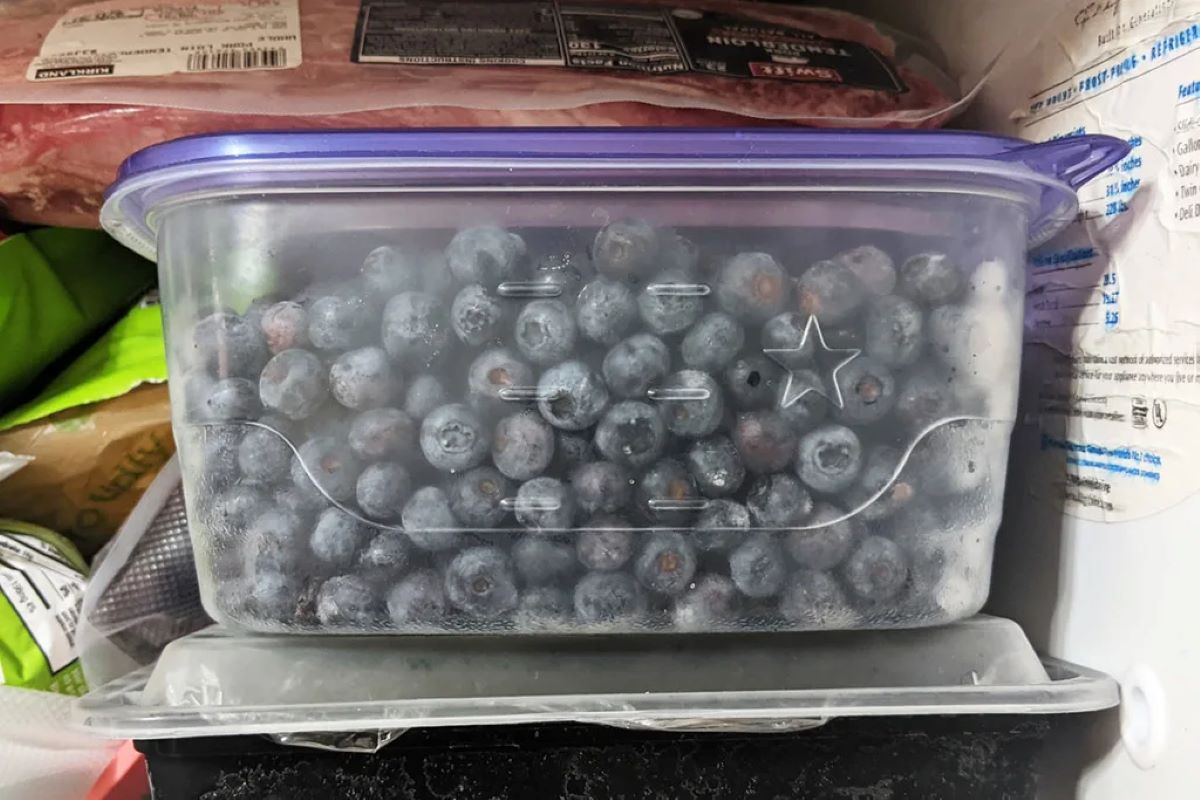
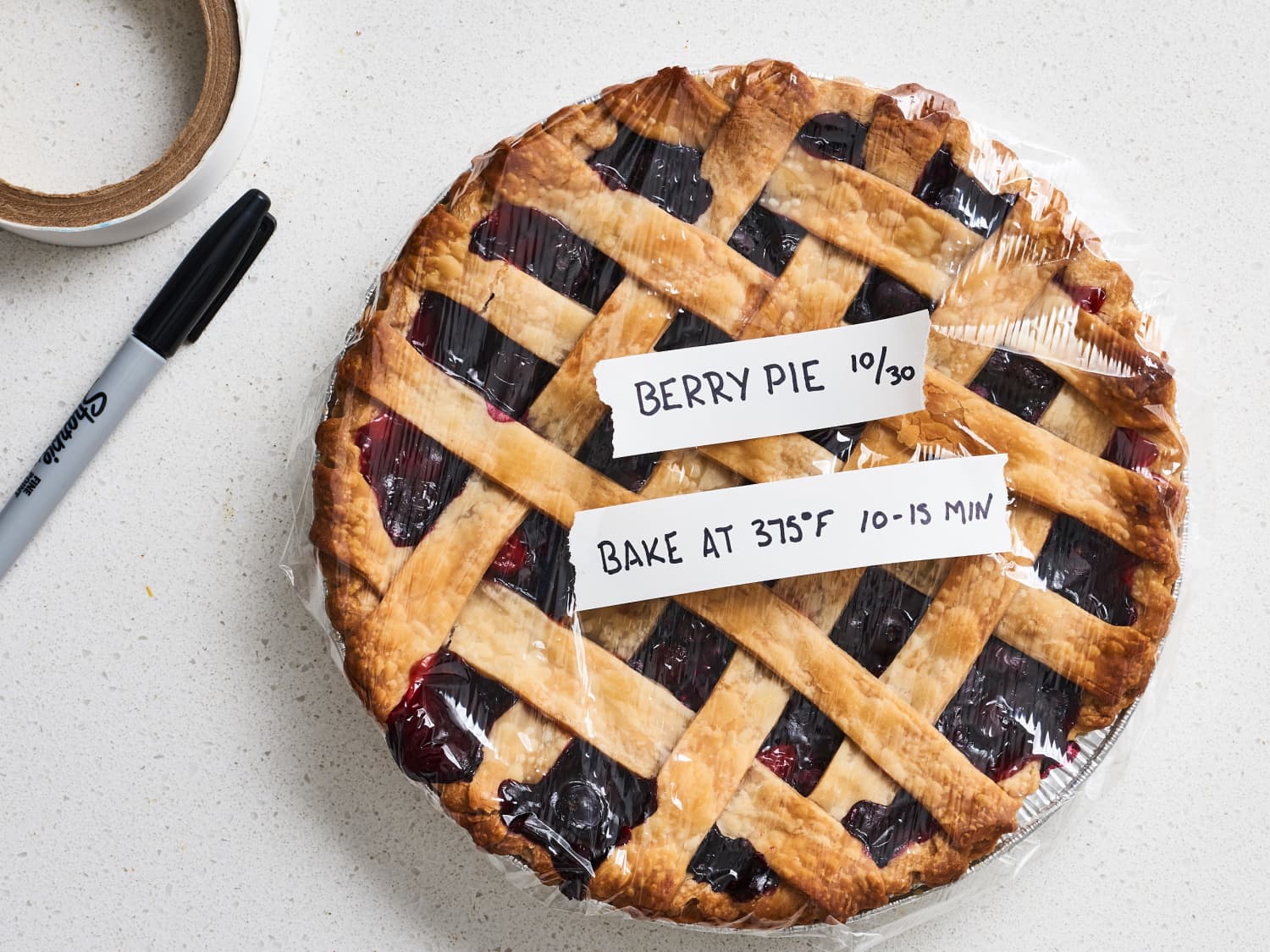
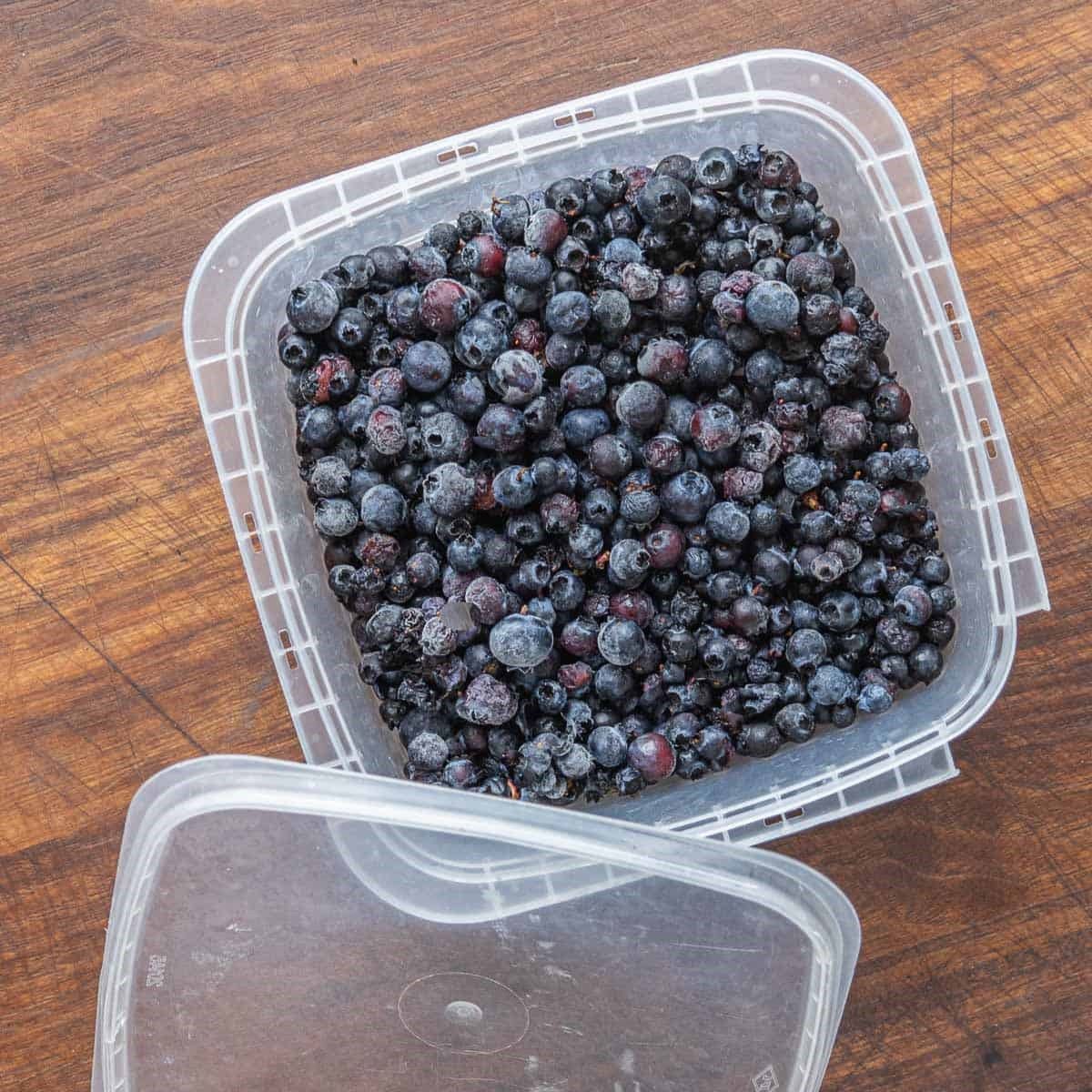
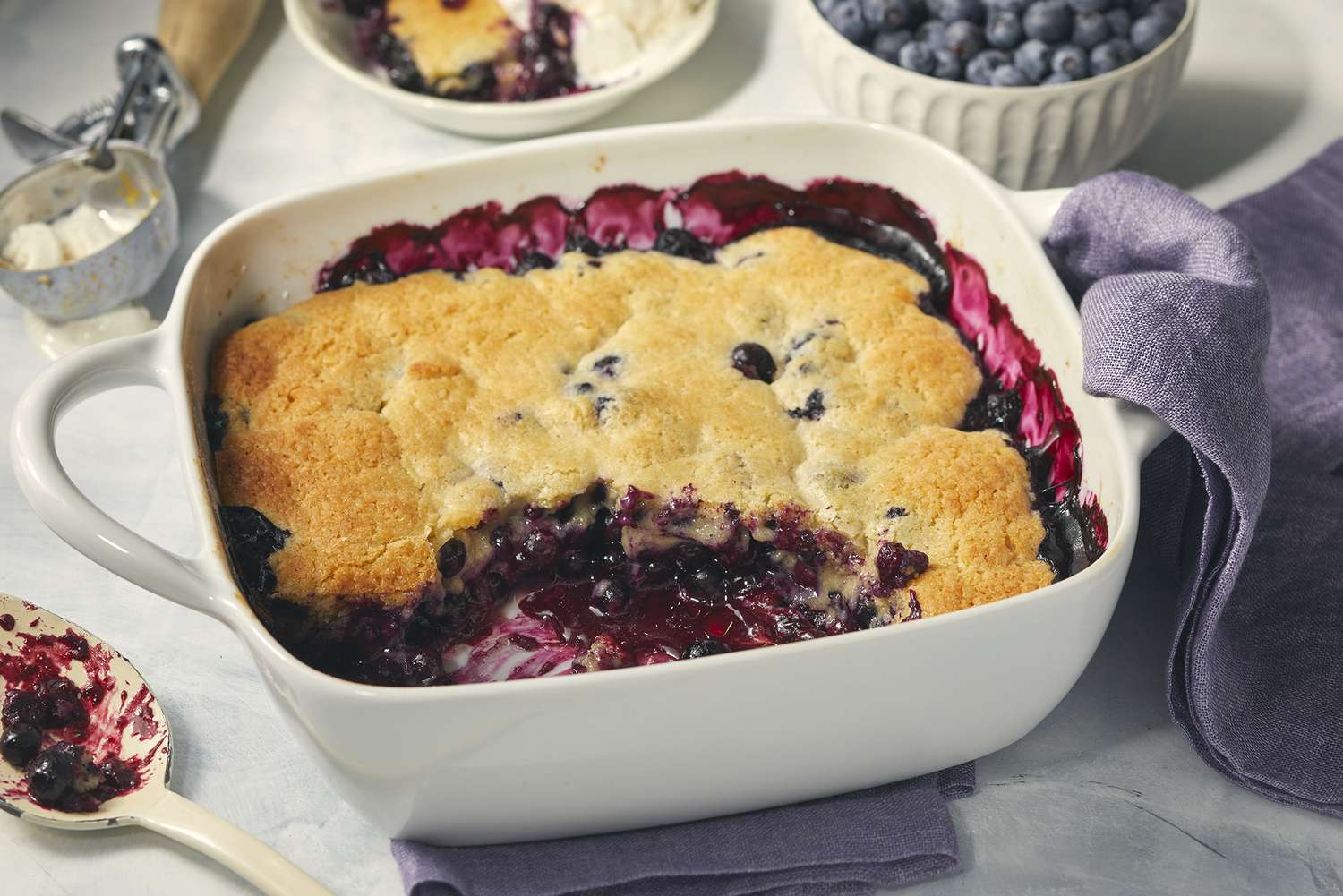
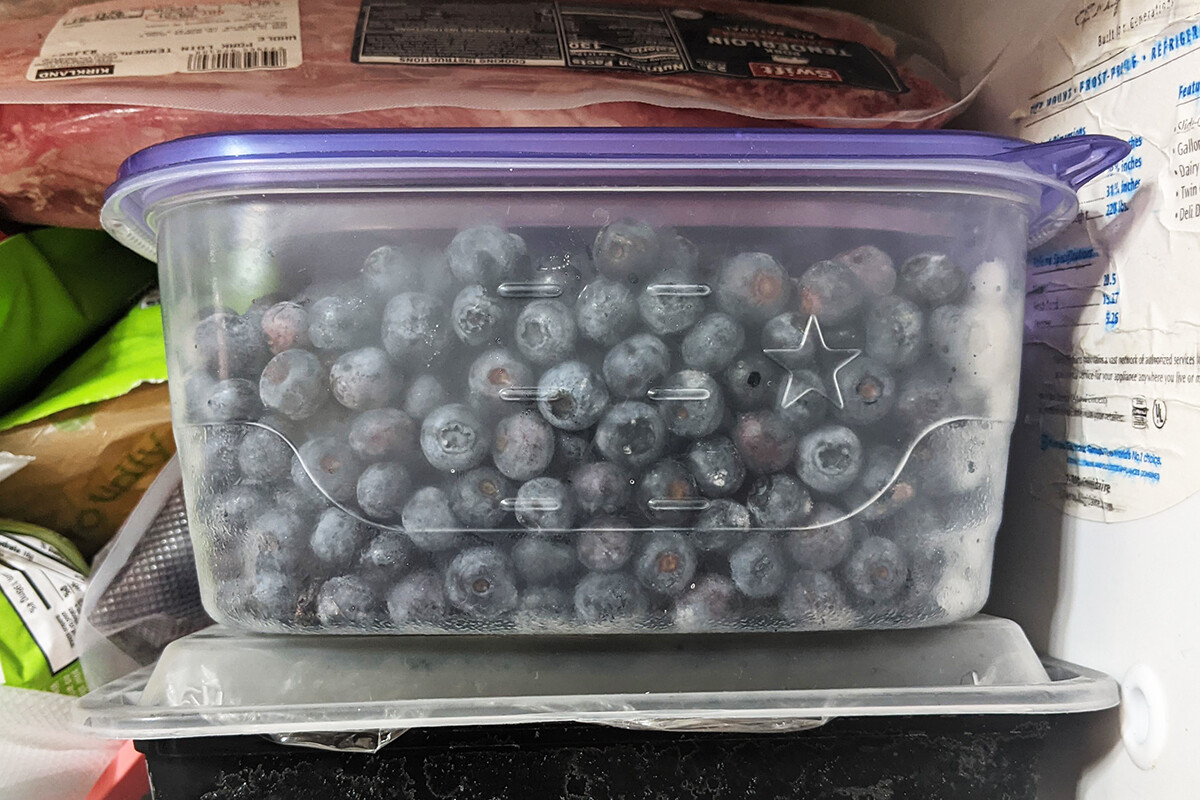
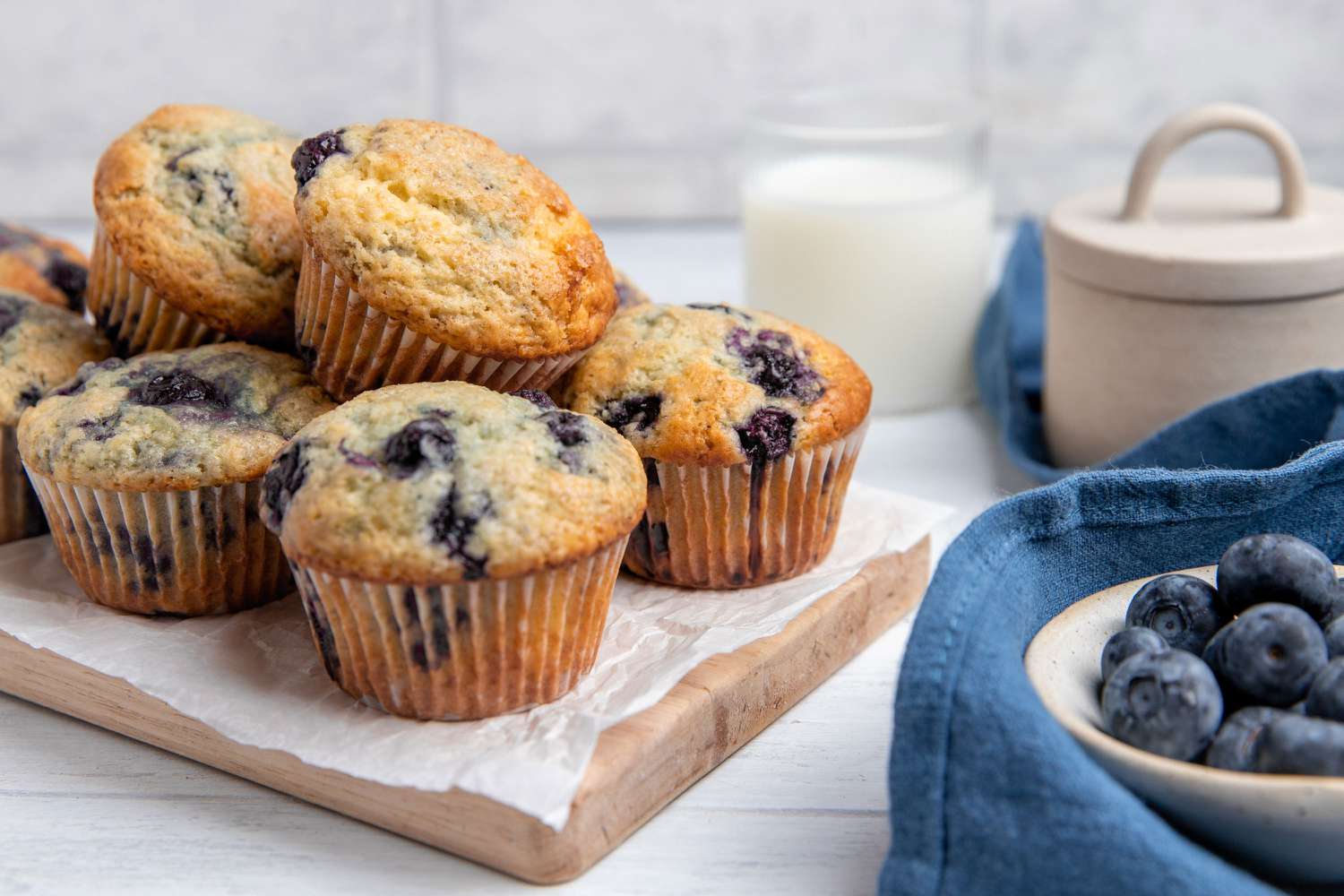
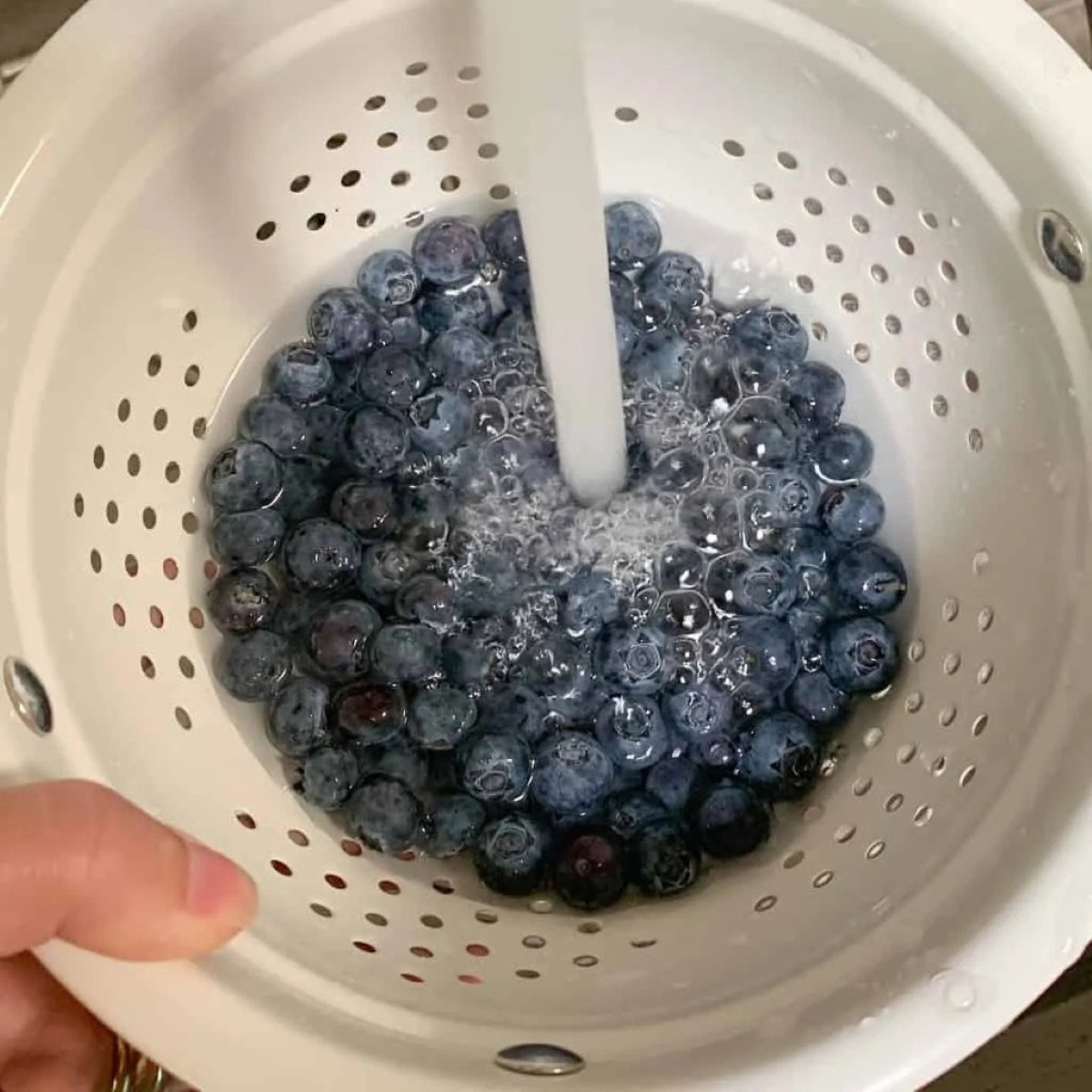
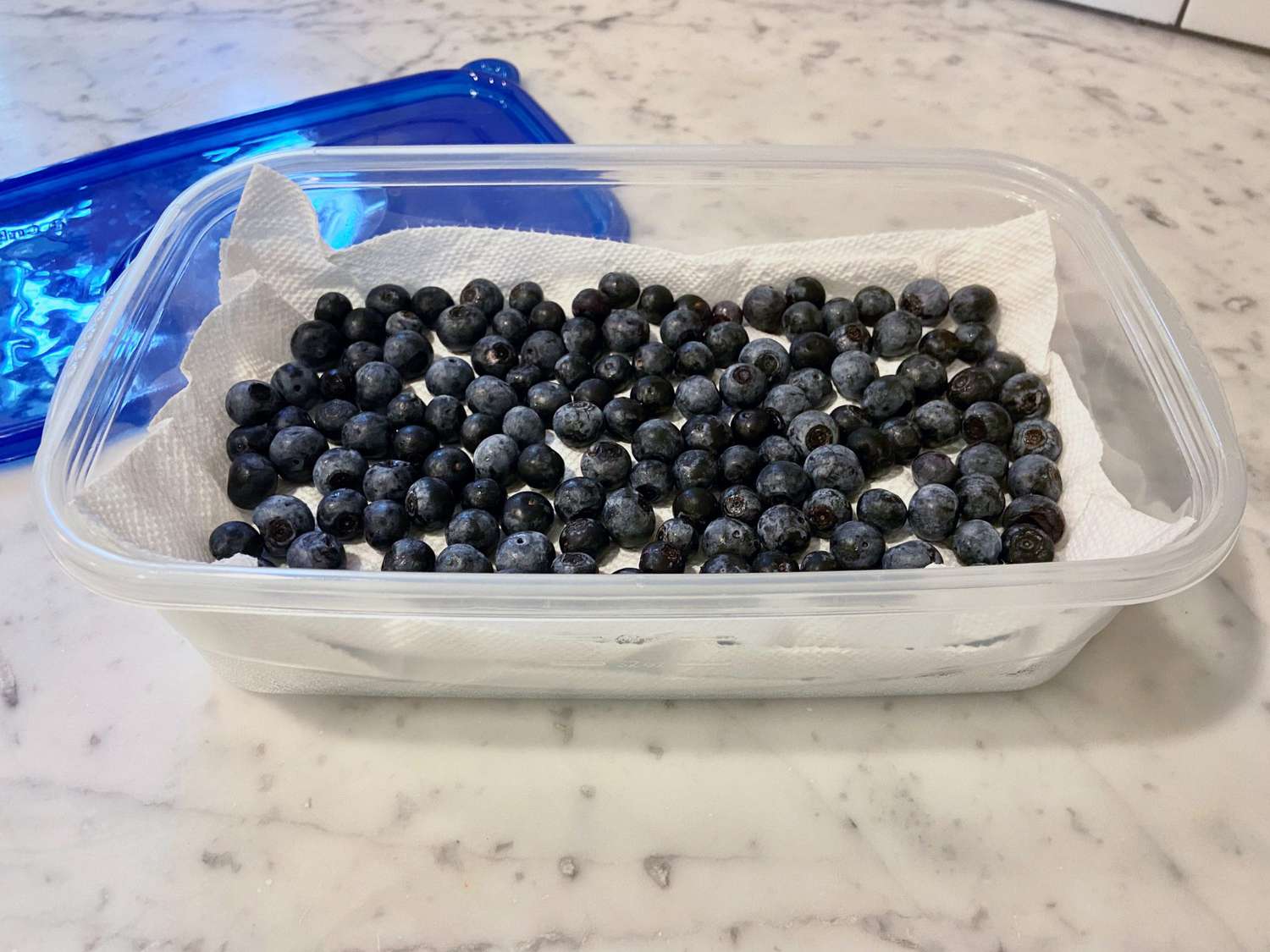
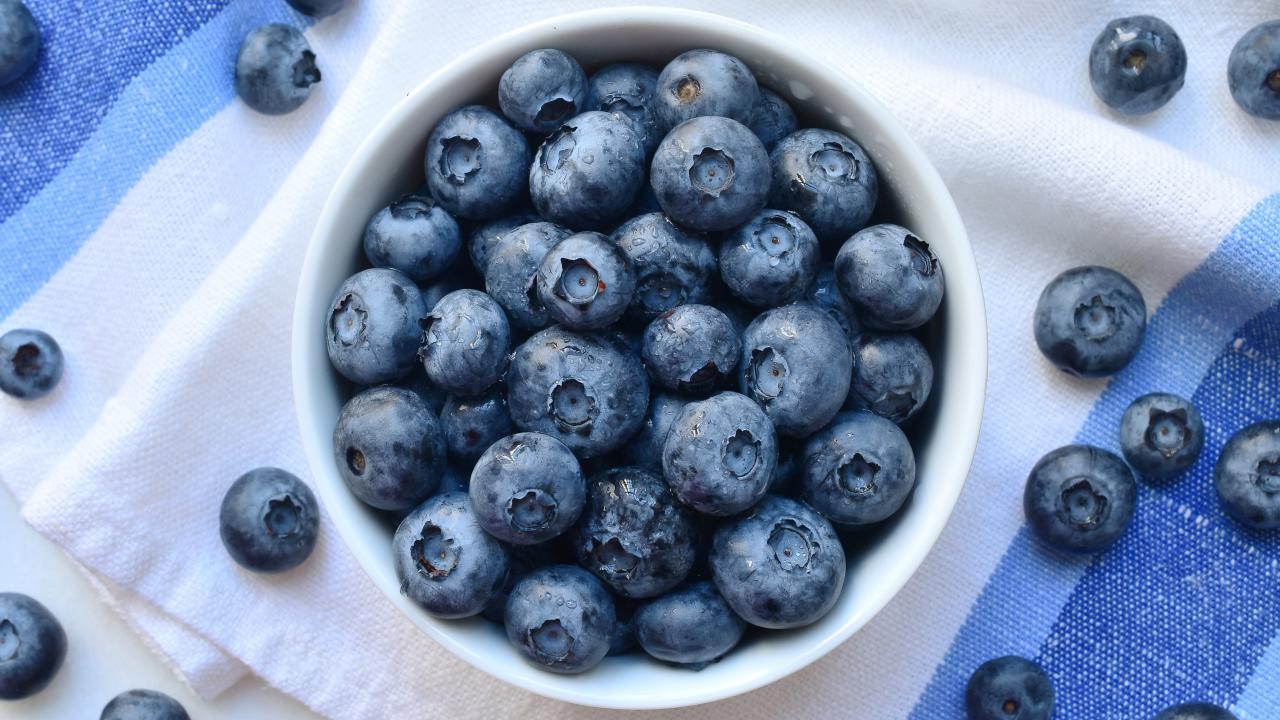
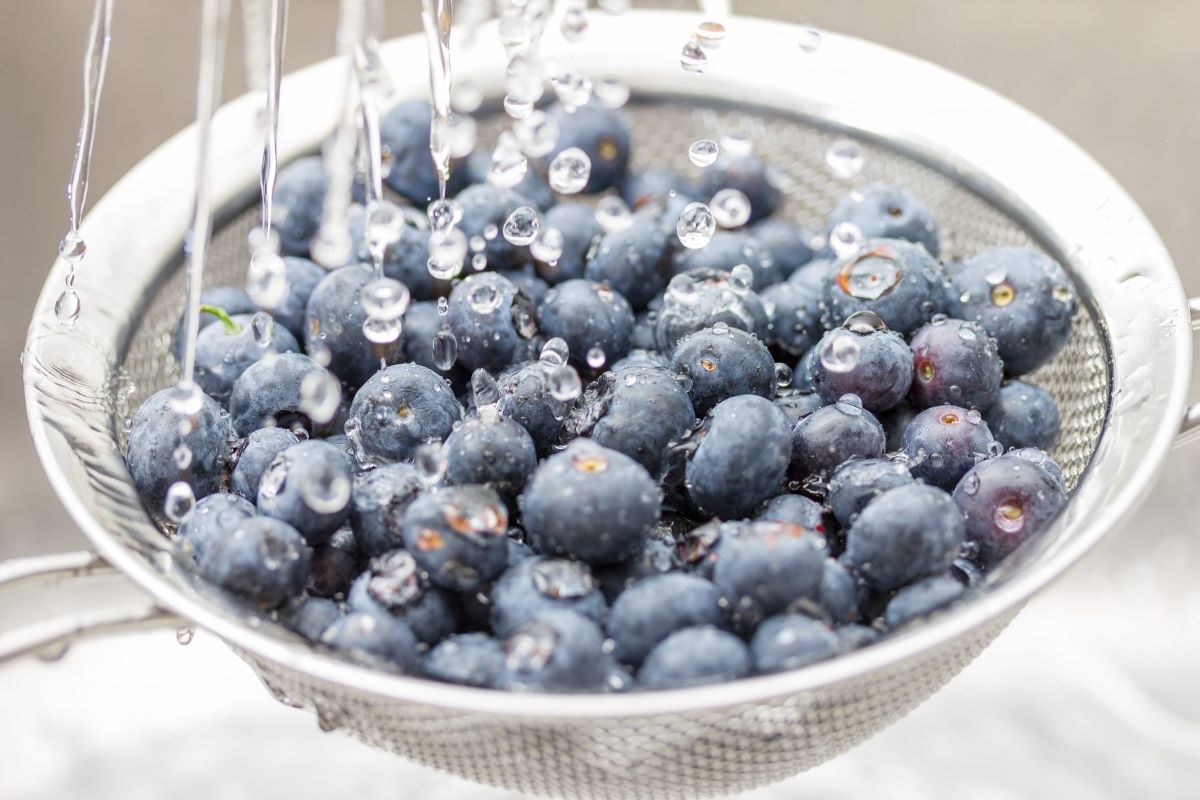
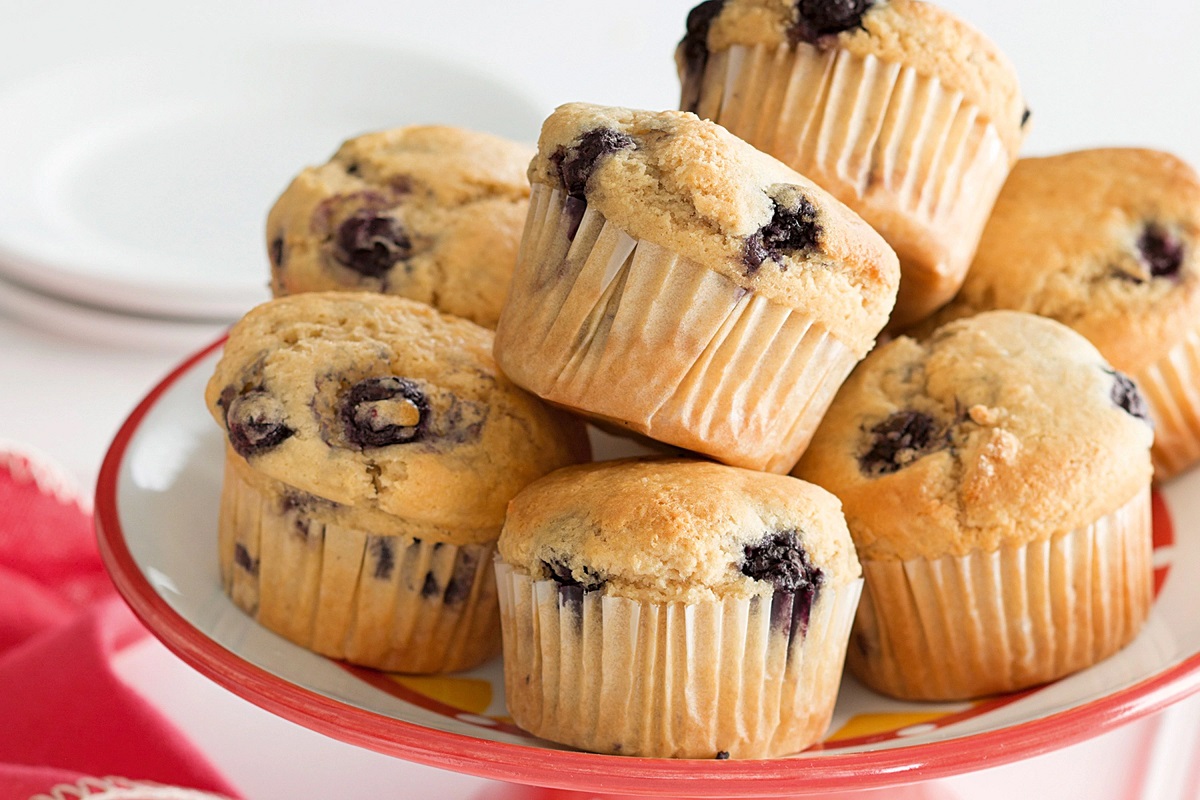
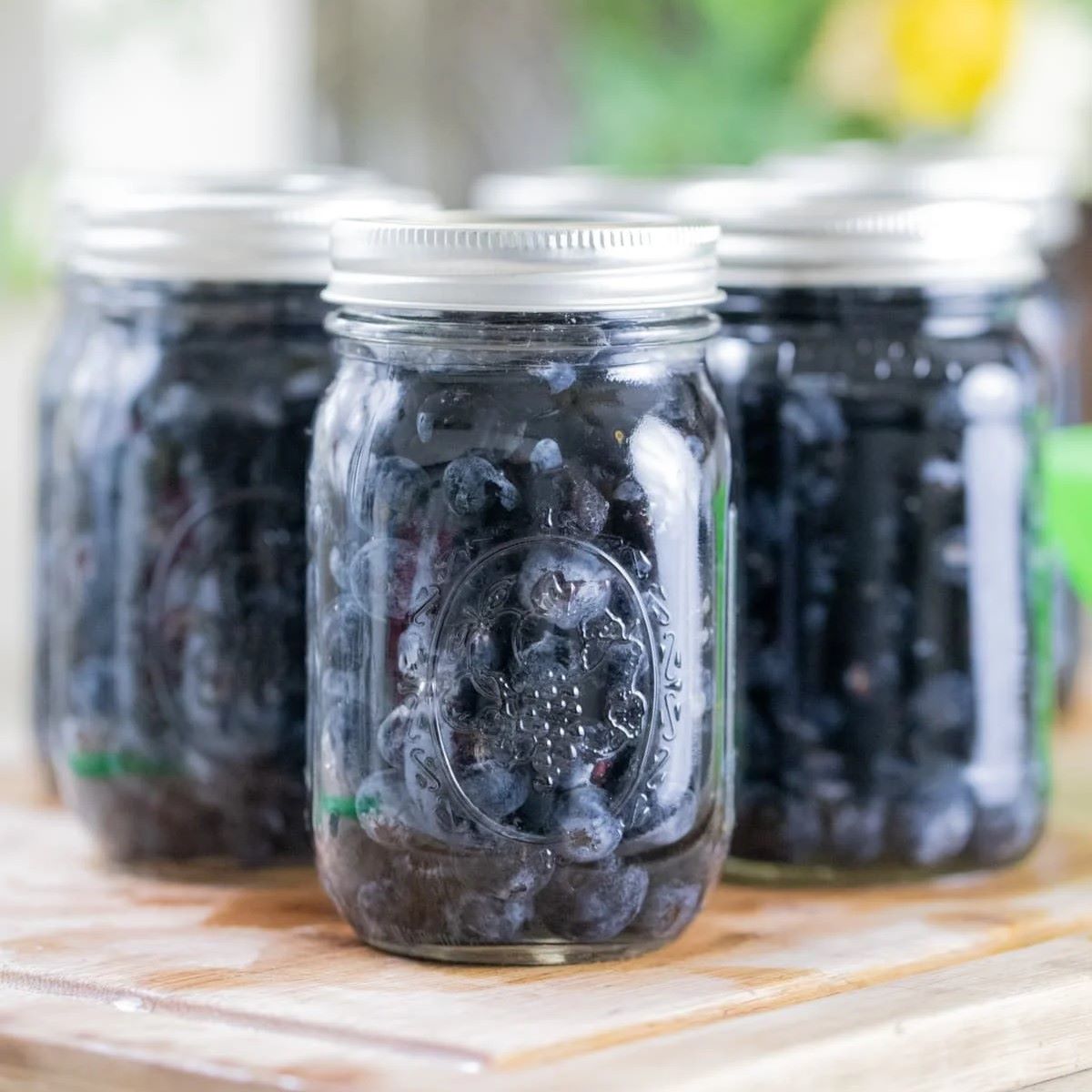

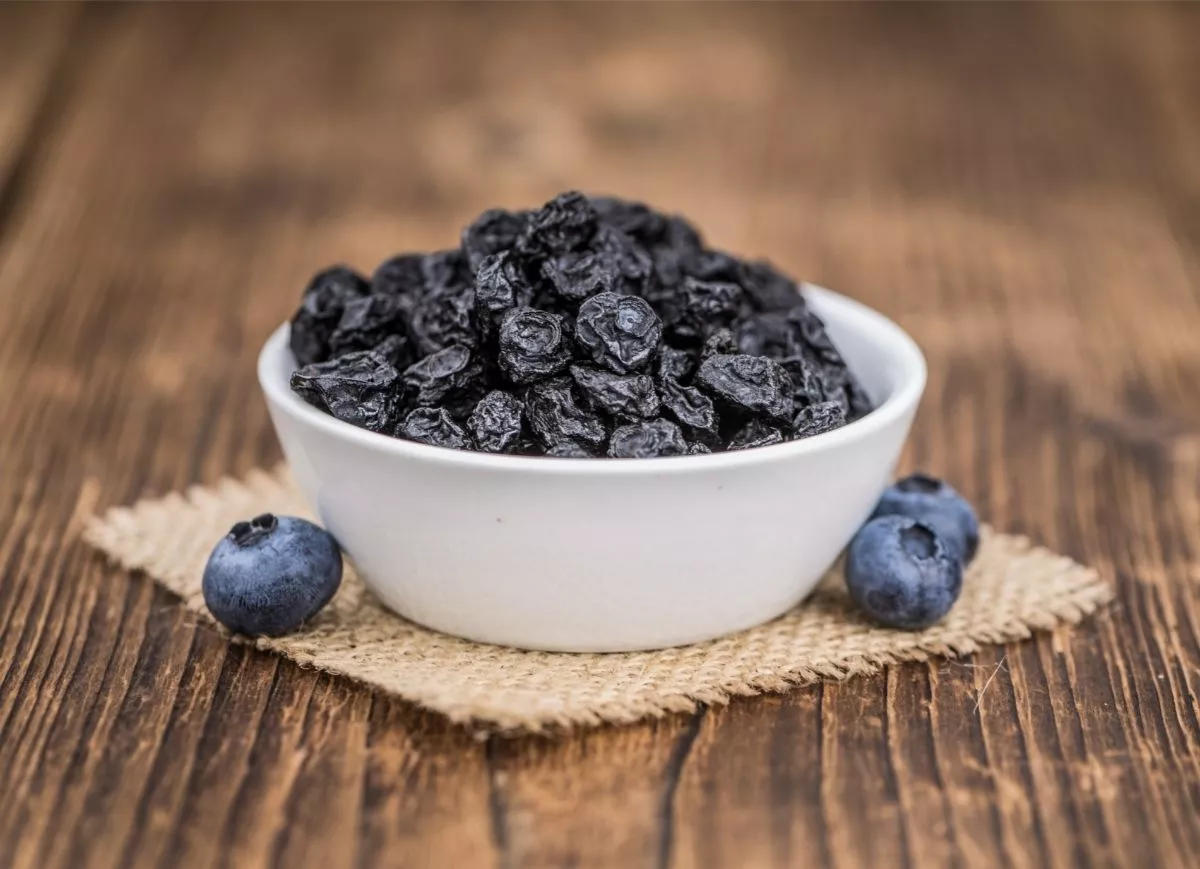

0 thoughts on “How To Store Blueberries”